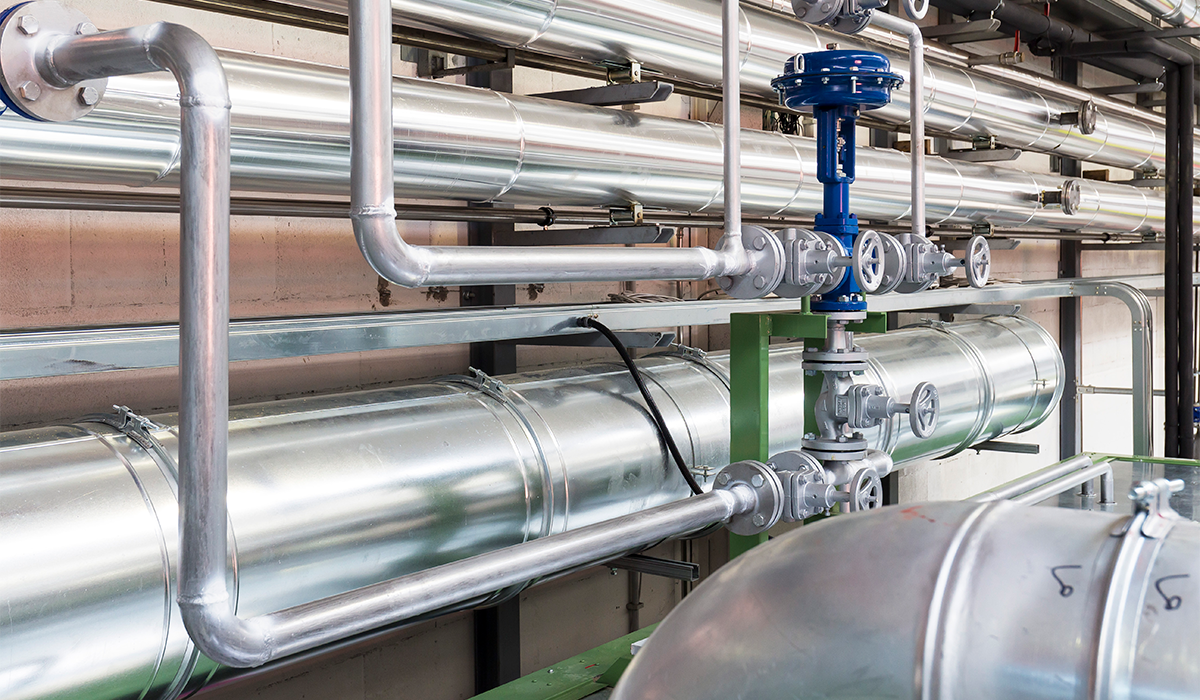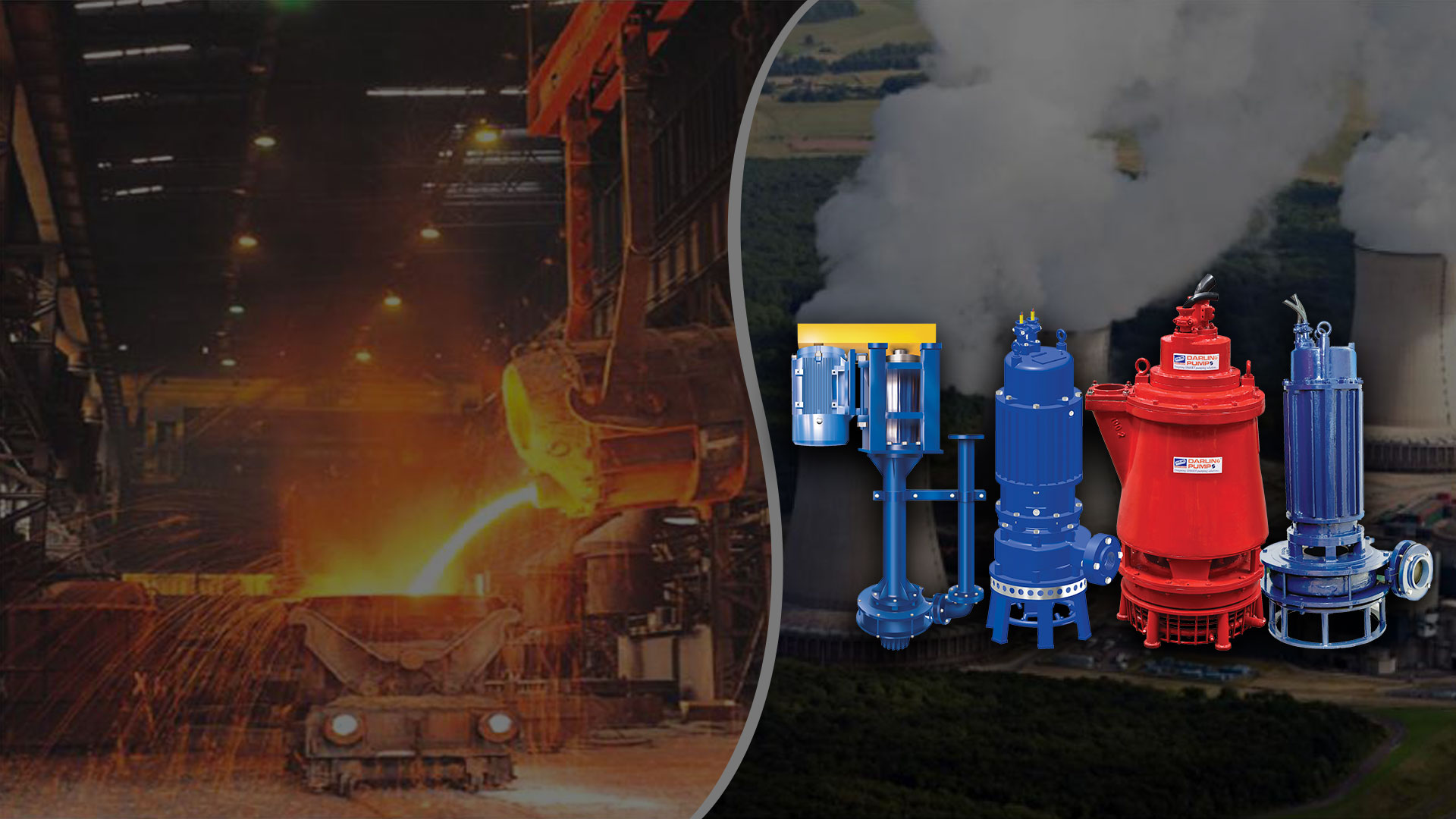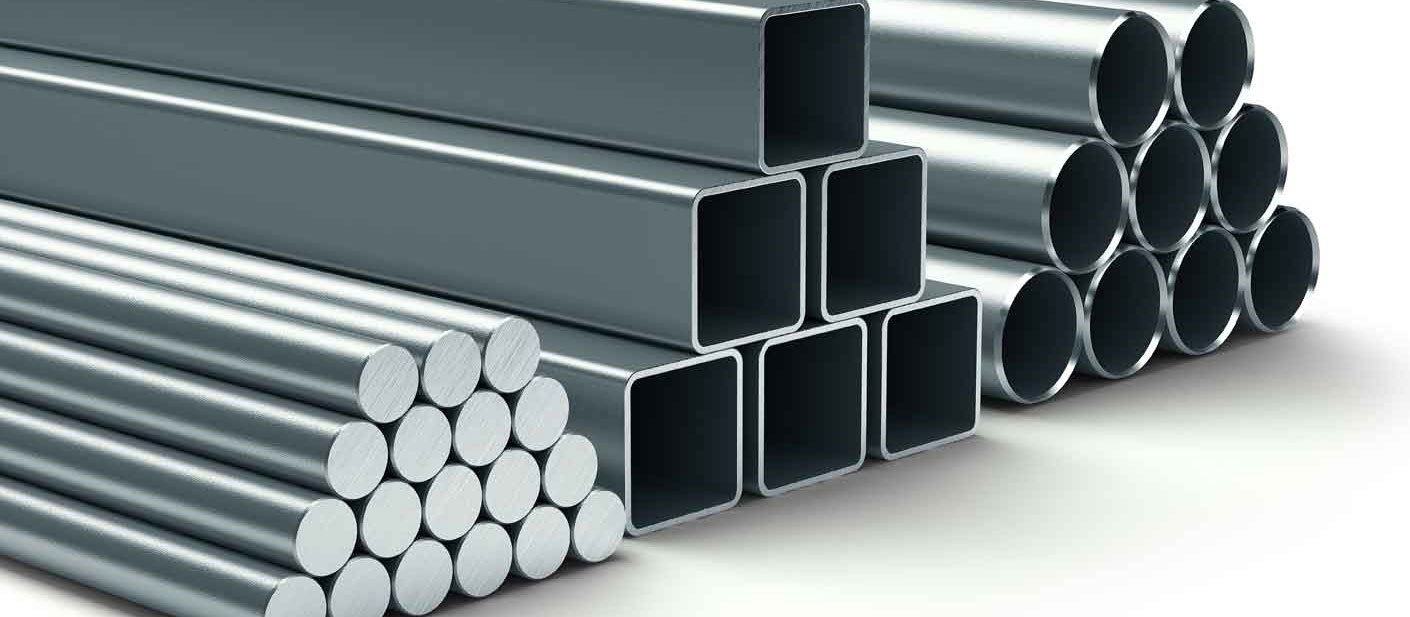A flow meter is a device used to measure the flow rate, or velocity, of a fluid or gas as it moves through a pipe or other conduit. There are several types of flow meters, each designed to work with specific types of fluids or gases and in specific applications.
Flow meters are used in a wide variety of applications, including industrial processes, water and wastewater treatment, HVAC systems, and energy management. The specific design and operation of a flow meter will depend on the type of fluid or gas being measured, the measurement range, the accuracy required, and the operating conditions.

Types of Flow Meter
There are several types of flow meters, each with its own unique design and operating principles, suited for different types of fluids or gases and specific applications. Here are some of the most common types of flow meters:
- Differential Pressure (DP) : These flow meters measure the difference in pressure across a restriction in the flow stream, such as an orifice plate, venturi tube, or a Pitot tube, to determine flow rate. They are widely used in industrial process, water and wastewater treatment and HVAC systems.
- Velocity Meters: These flow meters measure the velocity of the fluid or gas directly, such as with a turbine flow meter or an electromagnetic flow meter. They are commonly used in clean liquids, gases, and steam applications.
- Mass Meters: These flow meters measure the mass of fluid or gas that passes through the meter, such as with Coriolis flow meters and thermal mass flow meters. They are commonly used in custody transfer, gas and liquid flow measurement
- Positive Displacement (PD) : These flow meters measure the flow rate by physically displacing a fixed volume of fluid. They work by dividing the flow stream into small, fixed volumes and counting the number of times the volume is filled and emptied. Common types of PD flow meters include rotameters, oval gear meters,A flow meter works by measuring a physical property of the fluid or gas that is directly proportional to the flow rate. The specific operation of a flow meter will depend on the type of flow meter and the specific application, but most flow meters work by measuring one of the following properties: and piston meters.
- Ultrasonic Meters: These flow meters use the principle of ultrasonic sound waves to measure the flow rate of fluids. They typically consist of a pair of transducers that emit and receive sound waves. The time it takes for the waves to travel through the fluid and back is used to calculate the flow rate.
- Vortex Meters: These use the principle of vortex shedding to measure the flow rate of fluids. A bluff body, such as a vane or shedder bar, is placed in the flow stream and causes the fluid to shed vortices. The frequency of the vortices is directly proportional to the fluid flow rate.
- Magnetic Meters: These use Faraday’s Law of electromagnetic induction to measure the flow rate of fluids. They consist of a magnetic field applied to a flow tube and two electrodes. As the fluid flows through the tube, it generates a voltage that is proportional to the flow rate.
- Thermal Meters: These use the heat transfer properties of a fluid to measure the flow rate. They typically consist of a heated element and a temperature sensor. As the fluid flows past the heated element, it cools it down at a rate that is directly proportional to the flow rate.
It’s important to note that there are many other types of flow meters, each with its own unique design and operating principles, suited for different types of fluids or gases and specific applications. It’s important to choose the right one for the specific application. Factors to consider include the type of fluid or gas, the measurement range, the accuracy required, the operating conditions, and the cost of the flow meter.
Features of Flow Meter
Flow meters have several key features that determine their performance and suitability for different applications. Some of the most important features of flow meters include:
- Flow Range: This refers to the minimum and maximum rates of these meters that a flow meter can measure. It is important to choose a flow meter with a flow range that is appropriate for the specific application.
- Accuracy: This refers to the degree of precision with which a meter can measure flow rate. It is usually expressed as a percentage of the full-scale flow rate.
- Repeatability: This refers to the ability of a these meter to consistently produce the same measurement when the same flow rate is present.
- Linearity: This refers to the ability of a these meter to produce measurements that are directly proportional to the flow rate.
- Rangeability: This refers to the ratio of the upper rate to the lower flow rate that a flow meter can measure.
- Turndown ratio: This refers to the ratio of the maximum rate to the minimum flow rate that a flow meter can measure.
- Temperature and Pressure: Most of these meters are designed to work within a specific temperature and pressure range. It is important to choose one of these meter that can withstand the operating conditions of the specific application.
- Compatibility: It is important to choose these meter that is compatible with the fluid or gas being measured, as well as any other substances that may be present in the flow stream.
- Installation: Some of these meters require specific installation conditions and configurations, such as straight run pipe lengths or specific pipe diameters.
- Maintenance: Some of these meters require regular maintenance and calibration to ensure accurate measurements over time.
- Outputs: These meters may have various outputs such as digital, frequency, current, voltage, pulse, analog, Modbus, Probus and HART.
- Power supply: Some meters use batteries, others use mains power or solar power.

By considering these key features, you can select the flow meter that best meets the needs of your specific application.
Working of Flow Meter
A flow meter works by measuring a physical property of the fluid or gas that is directly proportional to the flow rate. The specific operation of a meter will depend on the type of meter and the specific application, but most meters work by measuring one of the following properties:
- Velocity: Some meters measure the velocity of the fluid or gas directly. For example, a turbine meter consists of a rotor with blades that spins as the fluid or gas flows through it. The rate of these meter is determined by the rotational speed of the rotor, which is directly proportional to the velocity of the fluid or gas.
- Pressure: Some meters measure the difference in pressure across a restriction in the flow stream, such as an orifice plate, venture tube, or a Pitot tube. The flow rate is determined by the difference in pressure before and after the restriction. These meters typically consist of two pressure sensors, one on the upstream side and one on the downstream side of the restriction.
- Mass: Some meters measure the mass of fluid or gas that passes through the meter. Coriolis meters use the principle of Coriolis effect to measure the these meters rate. The meter consists of a tube with a pair of vibrating sensors. As the fluid flows through the tube, the sensors measure the deflection caused by the Coriolis effect, which is directly proportional to the fluid flow rate. Thermal mass of these meters use the heat transfer properties of a fluid to measure the rate of the flow. They typically consist of a heated element and a temperature sensor. As the fluid flows past the heated element, it cools it down at a rate that is directly proportional to the flow rate.
- Volume: Some meters measure the volume of fluid or gas that passes through the meter. Positive displacement (PD) meters measure the flow rate by physically displacing a fixed volume of fluid. They work by dividing the flow stream into small, fixed volumes and counting the number of times the volume is filled and emptied.
Once the physical property is measured, the flow rate is calculated by using mathematical equations or algorithms that are specific to the type of flow meter being used. The flow rate is then typically displayed on a digital readout or sent to a control system for further processing.
Advantages and Disadvantages of Flow Meter
Flow meters have several advantages and disadvantages that determine their suitability for different applications.

Advantages:
- High accuracy: Flow meters can provide highly accurate measurements of fluid or gas flow rates.
- Wide range of applications: These meters can be used in a wide range of applications, including industrial processes, water and wastewater treatment, HVAC systems, and energy management.
- Real-time measurement: These meters provide real-time measurement of fluid or gas flow rates, allowing for immediate adjustments to be made if necessary.
- Durable: These meters are typically built to withstand harsh operating conditions and last for a long time with proper maintenance.
Disadvantages:
- Cost: Flow meters can be expensive, especially for specialized or high-accuracy models.
- Maintenance: Some of them require regular maintenance and calibration to ensure accurate measurements over time.
- Installation: Some require specific installation conditions and configurations, such as straight run pipe lengths or specific pipe diameters.
- Compatibility: Some may not be compatible with certain types of fluids or gases, or may not be suitable for use in certain environments.
It’s important to consider the advantages and disadvantages of different types of flow meters when selecting one for a specific application. Factors such as cost, maintenance, installation, and compatibility should be weighed against the required accuracy and operating conditions.




